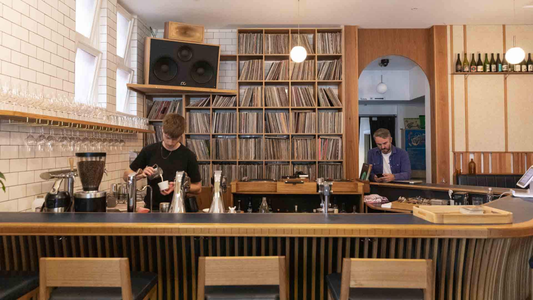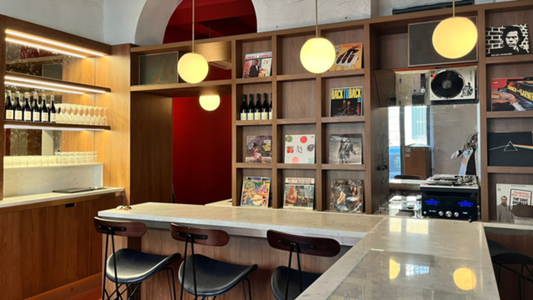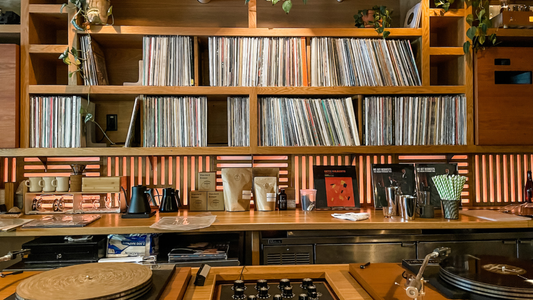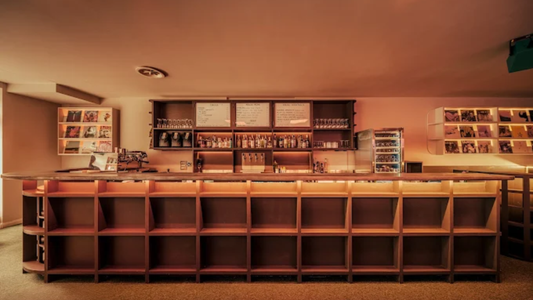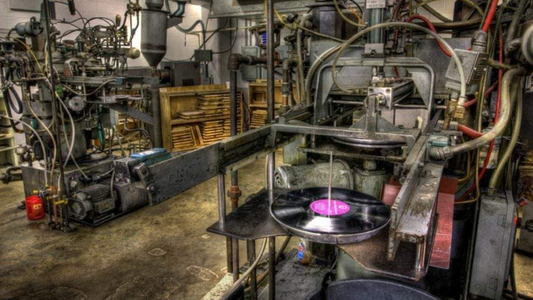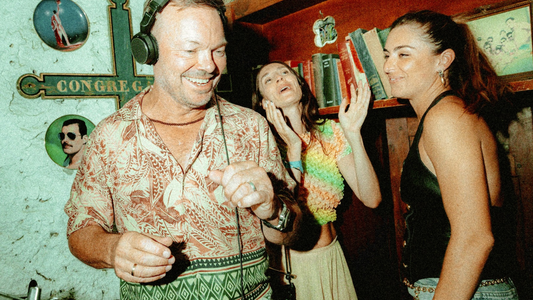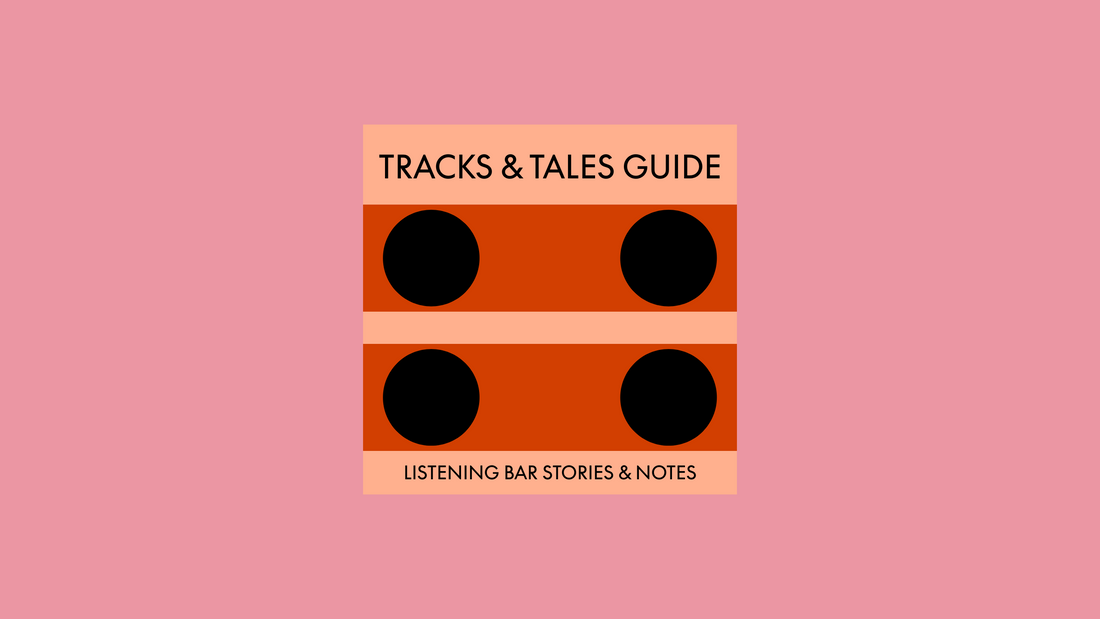
Lighting the Room for Listening
The colour temperature of calm — designing emotion with light.
By Rafi Mercer
Long before a sound reaches you, light decides how you’ll hear it.
Too bright, and the music feels thin, hurried. Too dim, and it drifts into background haze. But when the light sits just right — warm, low, steady — it does what all good atmosphere should: it disappears.
The best listening rooms are lit like a quiet theatre, not a shop floor. Light is not decoration here; it’s an instrument.
How light shapes listening:
- Colour temperature — warm light relaxes, cool light sharpens focus.
- Direction — low, indirect light draws the eye inward and stills movement.
- Contrast — shadow creates depth, much like bass creates space.
- Rhythm — shifting tone through the evening mirrors musical pacing.
- Reflection — light on surfaces alters texture and tone in subtle ways.
In Tokyo’s Bar Martha, the light sits low and amber, pooling around the turntable and fading toward the walls. The bartender moves through shadows like part of the soundstage. In London’s Spiritland, the glow leans gold — designed to flatter vinyl’s warmth and whisky’s hue. And at home, a single lamp at chair height can do more for sound than any amplifier upgrade.
Light influences how we feel time. Soft lighting slows perception; harsh lighting speeds it up. That’s why the most beautiful rooms for listening share a quiet glow — neither romantic nor theatrical, but intimate. The light tells your body: it’s safe to stay.
Even daylight matters. Morning jazz feels different under thin northern light than it does in the burnt gold of sunset. Seasonal shifts change what we hear — winter’s low angles suit slower tempos, while summer light wants rhythm and air.
Technology has caught up to instinct. Smart bulbs can tune colour temperature through the evening: cool white for clarity, deep amber for calm. It’s not mood lighting; it’s temporal tuning.
Think of light as part of the mix. Just as a recording has balance — bass, mids, treble — a room’s illumination has tone, contrast, fade. Get it right, and the music feels tangible, sculpted in light as much as sound.
Because the truth is simple: we don’t just hear in the dark — we listen in the light we trust.
Quick Questions
Why does lighting affect listening?
Because it influences relaxation, focus, and how we perceive time and warmth in sound.
What colour light suits music best?
Warm amber or candle tones — around 2200–2700K — they complement the natural warmth of analogue sound.
Can lighting replace acoustic treatment?
Not at all, but it completes the emotional balance — it tunes mood, not frequency.
Rafi Mercer writes about the spaces where music matters.
For more stories from Tracks & Tales, subscribe, or click here to read more.
